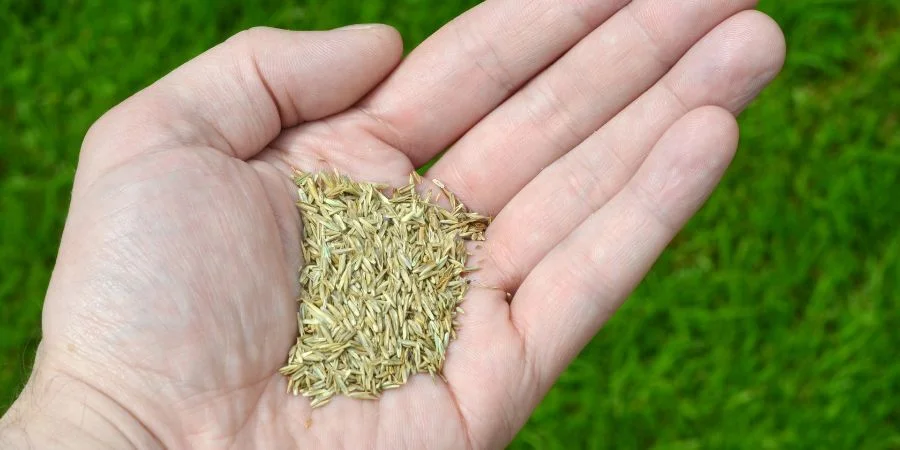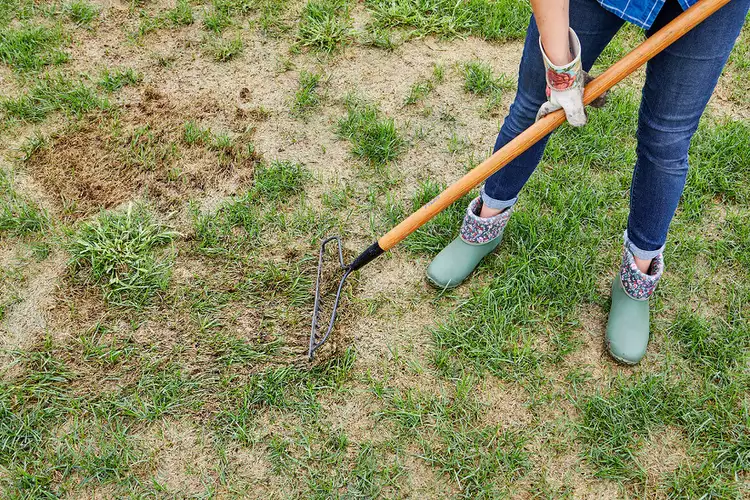You Are Mowing Your Lawn Wrong. Here’s How to Do It Right
Last Updated on August 5, 2024 by Duncan
Most people think that mowing the lawn is as simple as turning on the mower and circling the yard until the grass is shorter than it was. While this is true to some extent, you should know there is a right and wrong way to do it.
Here are some of the things you might be doing wrong with your lawn mowing and how to do it right:
Mow at the right time of the day
Some people will tell you there is no right or wrong time to mow, but this is not right. Obviously, as a good neighbor and to show some mowing etiquette, you should avoid mowing too early while your neighbors are still in bed.
You also should avoid mowing late in the evening when they try to enjoy the twilight hours.
Besides these times, you also should avoid mowing when it’s too hot outside. This is because heat or tracking injuries could result, and you don’t want it.
Heat tracking happens when the turf is “near the wilting point” and is not receiving enough water. Although people wandering across the lawn can occasionally cause this damage, mowers are usually the main cause.
To avoid this, you should avoid cutting your grass during the warmest part of the day.
At the same time, if you arrive too early and the grass is still wet, you risk making another mistake: failing to trim clumps, which might lead to your mower clogging.
The best time to mow is in the late afternoon or early evening when the grass is dry and the sun is not as intense. Doing this keeps your grass from being overly stressed and dried up.
Don’t cut the grass in the same direction all the time
It goes without saying that you can mow your yard in whatever design you can imagine. You can go with checkered or simple stripes, argyle or flannel, the American flag, or your preferred sports club logo.
Regardless of the design you go for, you should always change the direction of the cut. It can be compared to a clock. Suppose you mow your lawn vertically, pushing or moving your mower from row to row from 12 to 6 and then back to 12.
The next time you mow, you can proceed in a horizontal direction (3 to 9 on your lawn clock) or a diagonal direction (1 to 7 or 11 to 5).
Changing the mowing pattern encourages healthy growth and keeps your lawn looking uniformly lush. Mowing in different directions regularly also helps avoid pressing the grass in one direction too much, which can lead to uneven growth and leaning.
This practice also ensures that the grass blades are trimmed at various angles, resulting in a more even height and lowering the possibility of soil compaction and rutting.
Additionally, changing the mowing pattern reduces wear on specific lawn areas, promoting better grass blade healing and growth.
Understand the type of grass you have on your lawn
Studies show that many homeowners don’t know the type of grass they have growing on their lawns, which is catastrophic as the type of grass dramatically impacts the type of care you provide.
Every grass has different requirements for fertilizer, mowing, and watering. For example, Zoysia can withstand more shadow and requires fewer frequent mowing to be healthy than Bermuda grass, which needs plenty of sunshine and frequent mowing to grow.
On the other hand, Fescue grass has a high tolerance to heat and dryness, which may impact how you manage it in the summer.
Knowing the unique qualities of the grass type in your lawn allows for more efficient maintenance, which promotes a stronger, healthier lawn.
Think about the blade height.
Most homeowners will put gas in their lawnmowers, check the oil, and start mowing without thinking much about the height they have set their blades. This is wrong.
Always think about your blades before you start cutting your grass.
Although the type of grass you have will affect the blade height, you should generally aim to keep your lawn at least three inches tall. When cutting the grass, only cut one inch at a time.
To stay on the safe side, never take more than ⅓ of the leaf blade in a given cutting, regardless of the species you are growing.
This can lead to too much trimming, which will strain your lawn, and too high of a blade angle, which might cause a loss of root mass.
To strengthen the root system, elevate the blades if you’re going through a dry spell or drought.
You should stop pruning it later in the year and keep it at a height of around 2 ½ inches until it stops growing.
Keeping your lawn’s grass at the proper height is essential to keeping weeds out of your yard. During the growing season, you may assist in preventing weeds from developing by cutting your grass to the ideal height of 3.5 to 4 inches.
Weeds require light to germinate and spread. Along with promoting a strong root system and helping to retain moisture, this height also improves the general health of the lawn.
The “one-third” rule, which states that you should never mow more than one-third of the grass blade in a single mowing session, is the rule you should follow religiously.
For example, if the grass height you want to mow should be 3 inches, then you should mow it at roughly 4.5 inches. Using this method, you may lessen stress on the grass and promote greater root development. As a result, you keep the lawn healthy.
Sharpen your lawnmower blades.
Besides not minding the height at which they cut their grass, many homeowners rarely inspect their lawnmower blades and sharpen them.
This is wrong, as a healthy, beautiful lawn depends on having sharp lawn mower blades because they provide clean, fast-healing cuts resistant to illnesses and pests.
Sharp edges left by dull blades stress the grass, making it more susceptible to disease. On the other hand, sharp blades increase the effectiveness of mowing, lessen the load on machinery, and keep the grass from turning into a haven for pests and illnesses.
For the best outcome, sharpen your mower blades every ten hours, once a season, or whenever you detect ragged cuts.
Practice grasscycling.
If you are like other homeowners, you bag the grass clippings and then dispose of them, right? You should stop this and instead practice grasscycling.
Grasscycling has horticultural and environmental advantages. These clippings function as a natural fertilizer that improves soil health and lessens the need for synthetic fertilizers since they decay quickly and replenish the soil with vital elements like nitrogen.
In addition to lowering fertilizer expenditures and minimizing the environmental impact by reducing nutrient runoff into water bodies, this creates a nutrient-rich soil that promotes healthy grass growth.
By creating a natural mulch layer, grasscycling helps retain soil moisture, lowering the need for regular watering and fostering a healthier, greener lawn without adding to the workload of bagging and disposing of the clippings.


